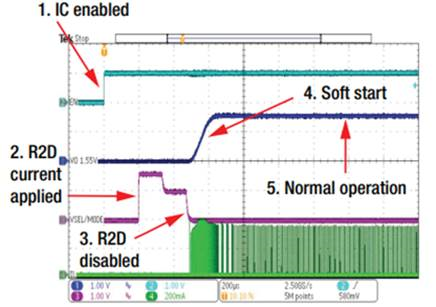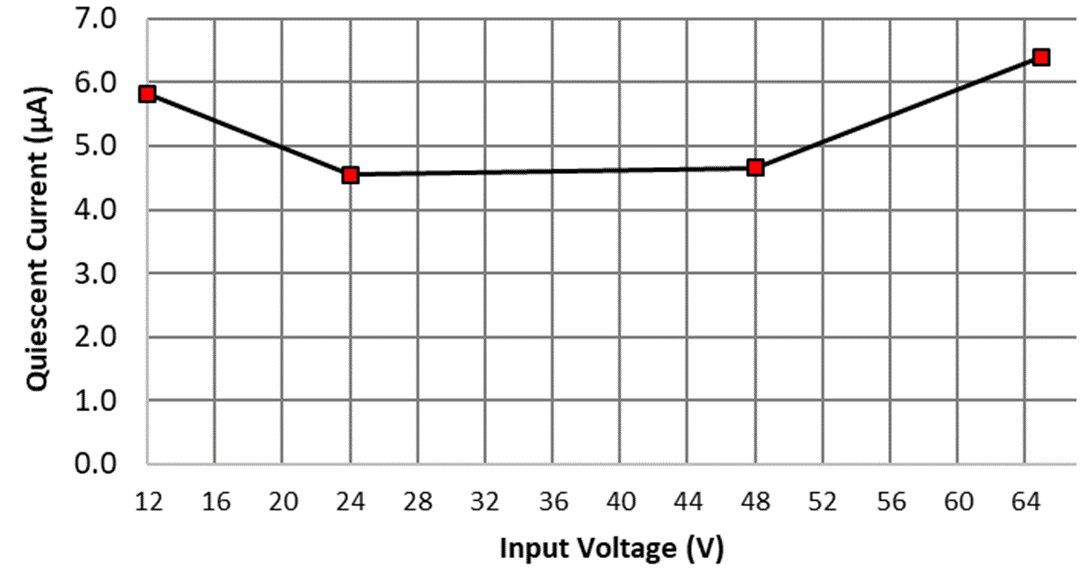SLYY231A March 2024 – March 2024 BQ25171-Q1 , BQ25622 , BQ25638 , LMQ66430-Q1 , LMR36502 , TPS37-Q1 , TPS62903-Q1 , TPSM365R15
- 1
- Overview
- At a glance
- The importance of nano-IQ in different power applications
- Achieving nano IQ in industrial BMS monitors
- Achieving nano IQ in automotive BMS monitors
- Achieving nano IQ in automotive BMS chargers
- Achieving nano IQ in voltage supervisors
- Achieving nano IQ in industrial and personal electronics DC/DC converters
- Achieving nano IQ in automotive DC/DC converters
- Conclusion
- References
- Additional resources
Achieving nano IQ in industrial and personal electronics DC/DC converters
In battery-powered systems such as metering systems, smoke detectors, smartwatches, medical sensors and hearing aids, one or two voltage rails are always enabled to power the system MCU, an important sensor, or perhaps a communication bus. These always-on rails need to have very high efficiency to extend the battery run time, making the reduction of IQ very important.
The TPS62843 buck converter is optimized for load currents from 50µA to 300mA, has a power-save mode, an operating IQ of 275nA and 4nA of shutdown current. The TPS63901 buck-boost converter and TPS61299 boost converter have an input current-limiting feature to protect batteries that do not support high peak currents such as coin-cell batteries. The TPS63901 converter has a dynamic voltage scaling feature that enables switching between two output voltages during operation, saving power by using a lower system supply voltage in standby mode. As shown in Figure 4, a resistor-to-digital (R2D) circuit in these DC/DC converters sets the output voltage, which helps eliminate leakage current in the feedback resistors, achieves a smaller solution size, and lowers design costs (because you need one less resistor to select the output voltage).
 Figure 4 The power-supply IC is
enabled, followed by R2D circuit operation with two current source levels, soft
start and normal operation.
Figure 4 The power-supply IC is
enabled, followed by R2D circuit operation with two current source levels, soft
start and normal operation.Figure 5 shows the graph of the ultra-low operating IQ of the LMR36502 buck converter and the TPSM365R15 buck module. The operating IQ of 4µA remains relatively constant over the entire operating voltage range of 20V to 60V where the always-on rails need to operate helping extend the battery life.
 Figure 5 The LMR365R0X and TPSM365R15
IQ at FSW = 1MHz and VOUT = 3.3V
Figure 5 The LMR365R0X and TPSM365R15
IQ at FSW = 1MHz and VOUT = 3.3V